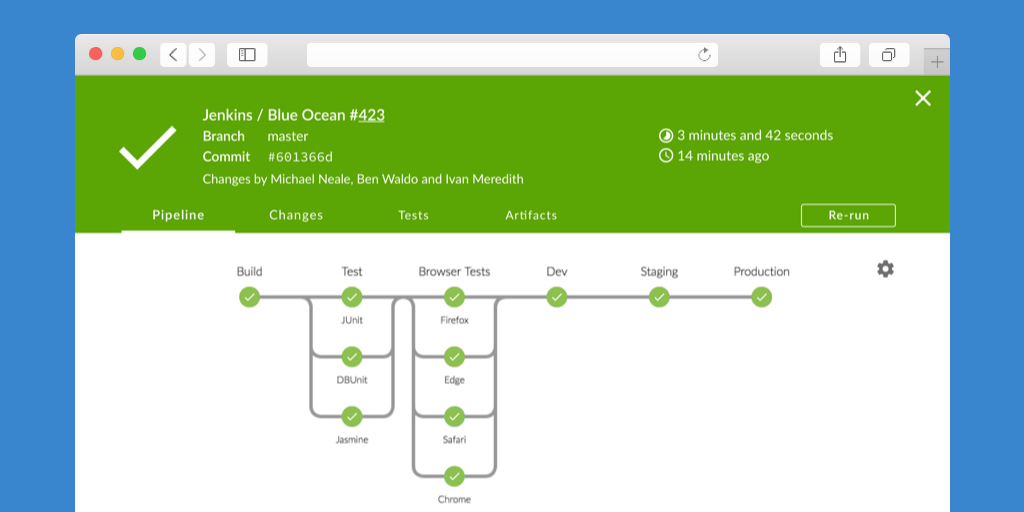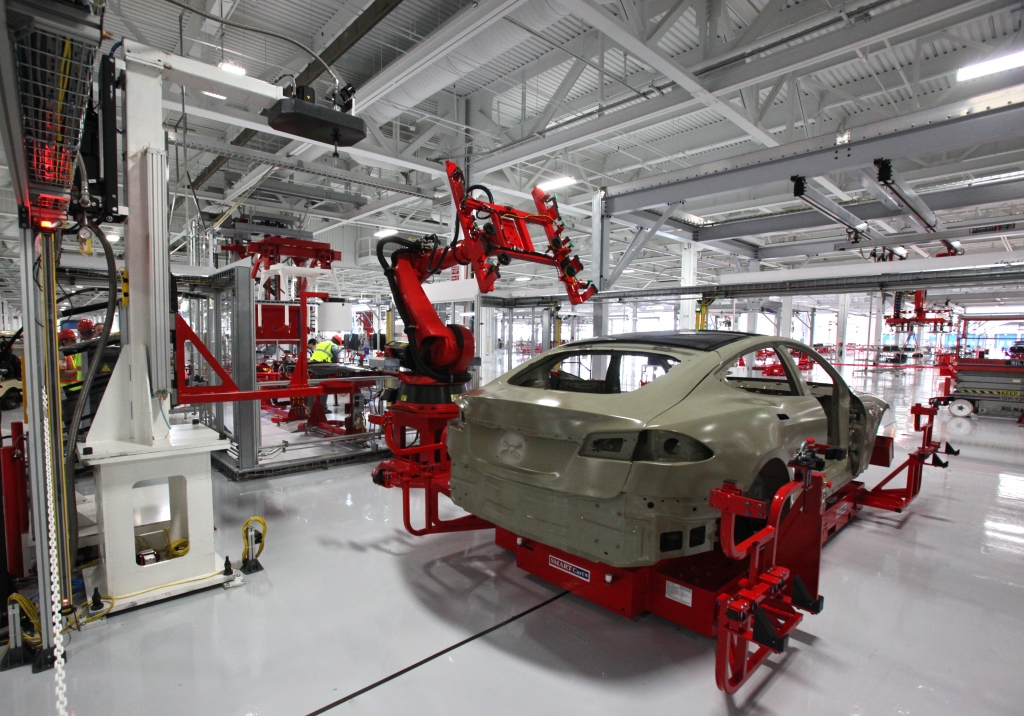Technology Stack
The technology stack was already defined and the servers ordered. But it took a while until the infrastructure was ready and for the time being, I worked on my local machine.

Jenkins was set as the central tool for build orchestration, deployments, and various DevOps tasks. All the pipeline source code is stored in GitLab and the main business application we’re dealing with is Adobe Experience Manager (AEM).
A relatively large amount of work was needed for the initial setup like enabling connectivity to the relevant systems, basic shared library, and getting to know the internal processes.
Implemented PipelinesThe bank has two different AEM projects: one for the corporate website and another for their intranet. They require a slightly different deployment pipeline and both have three environments: development, staging, and production.
Besides the deployment pipelines, there are pipelines for copying content from the production to the development environment and restoring a complete production environment into the staging environment in order to have an exact copy and a good baseline for approvals.
Many auxiliary jobs like start/stop AEM + Dispatcher, checking the health of instances, fetch last backup time, and execute Groovy scripts are used in the deployment pipelines as well in an independent executable job.

An example of a Jenkins Pipeline
Source: https://jenkins.io
Source: https://jenkins.io

An example of a Gitlab Pipeline
Source: https://docs.gitlab.com/ee/ci/pipelines.html
Advantages of automation
The automation of the various processes brought faster deployments. But more important transparency and centralised logs about what exactly happened and higher quality as repetitive tasks are always executed.
One example is the backup check, which needed coordination and forced to long waiting times. Now an API is used and the automation pipeline has instant feedback about the last backup time and shows a note if a backup is missing. Before, such a step might have been skipped in order to save some time.
With each built pipeline, some more little and reusable helpers were introduced which made it then again easier and faster to create the next pipelines. Think of a construction kit.

Source: https://docs.gitlab.com/ee/ci/pipelines.html
Advantages of automation
The automation of the various processes brought faster deployments. But more important transparency and centralised logs about what exactly happened and higher quality as repetitive tasks are always executed.
One example is the backup check, which needed coordination and forced to long waiting times. Now an API is used and the automation pipeline has instant feedback about the last backup time and shows a note if a backup is missing. Before, such a step might have been skipped in order to save some time.
With each built pipeline, some more little and reusable helpers were introduced which made it then again easier and faster to create the next pipelines. Think of a construction kit.

Deployment process with automation.
No comments:
Post a Comment
If you have any doubts or questions, please let us know.